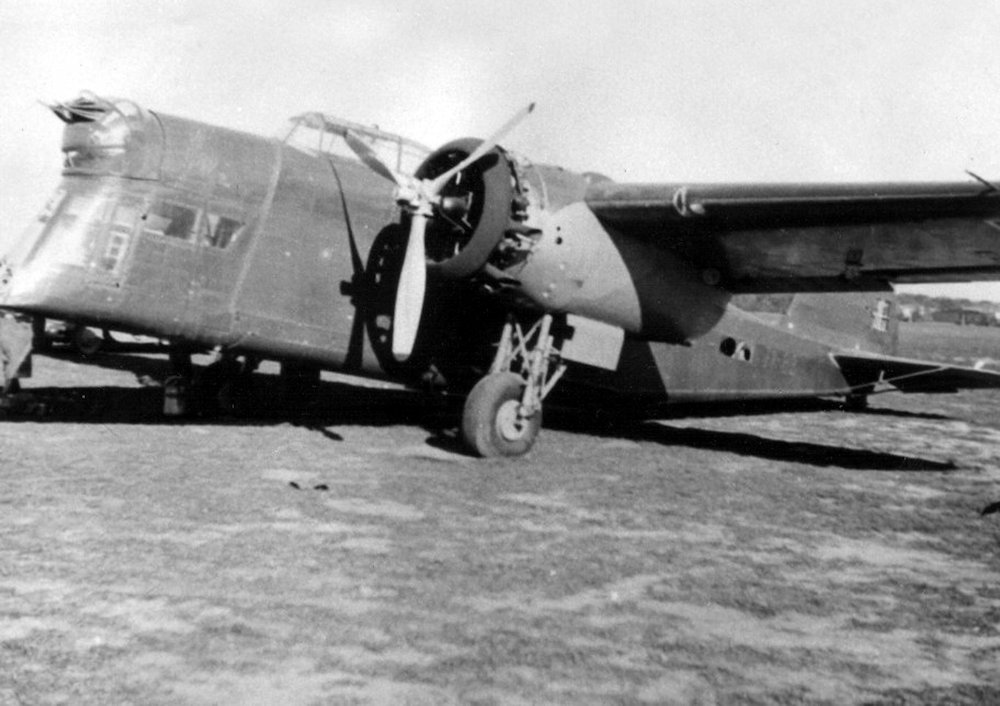The LWS-6 Żubr (PZL.30 Żubr), meaning “bison” in Polish, was a twin-engine medium bomber developed in the mid-1930s by the Lubelska Wytwórnia Samolotów (LWS) in Lublin, Poland.
The origins of the LWS-6 can be traced back to 1932 when Zbysław Ciołkosz designed the PZL.30 as a 12-passenger airliner. However, Polish Airlines LOT opted for the Douglas DC-2, leading to the aircraft’s redesign as a medium bomber. The PZL.30 prototype first flew in March 1936, powered by two 420 hp Pratt & Whitney Wasp Junior engines. Subsequent modifications included the installation of more powerful 680 hp Bristol Pegasus VIII engines, resulting in the PZL.30BII variant. The aircraft featured a mixed construction of metal and wood, with a retractable landing gear system and a crew of four.
In 1937, production was transferred to LWS in Lublin, where the aircraft was designated LWS-6 Żubr. The design underwent further modifications, including a reinforced wing structure and a twin-tail configuration. Despite these improvements, the aircraft’s performance remained inferior to the PZL.37 Łoś, leading to its assignment primarily to training roles within the Polish Air Force.
Fifteen LWS-6 bombers were delivered to the Polish Air Force between 1938 and 1939. Due to their obsolescence, they were relegated to training units rather than frontline combat roles. The LWS-6 did not take part in combat during the German invasion of September 1939. Six machines were destroyed at airfields, one was destroyed during the evacuation and the rest were captured by the Germans and Russians. The Germans took over five LWS-6 stored in Zajezierze and one operational aircraft. The planes were overhauled and put into service where they were used to train pilots in blind flight until 1942.
Four LWS-6s fell into Russian hands and were put into service as communication planes.





















